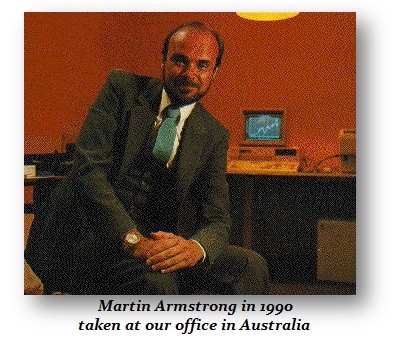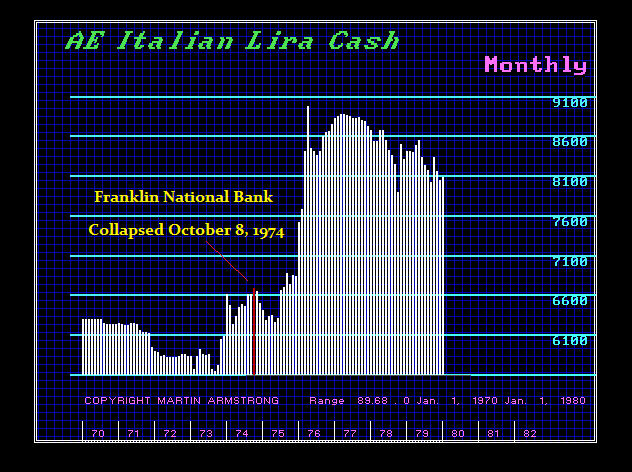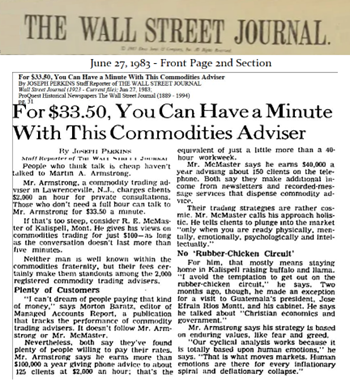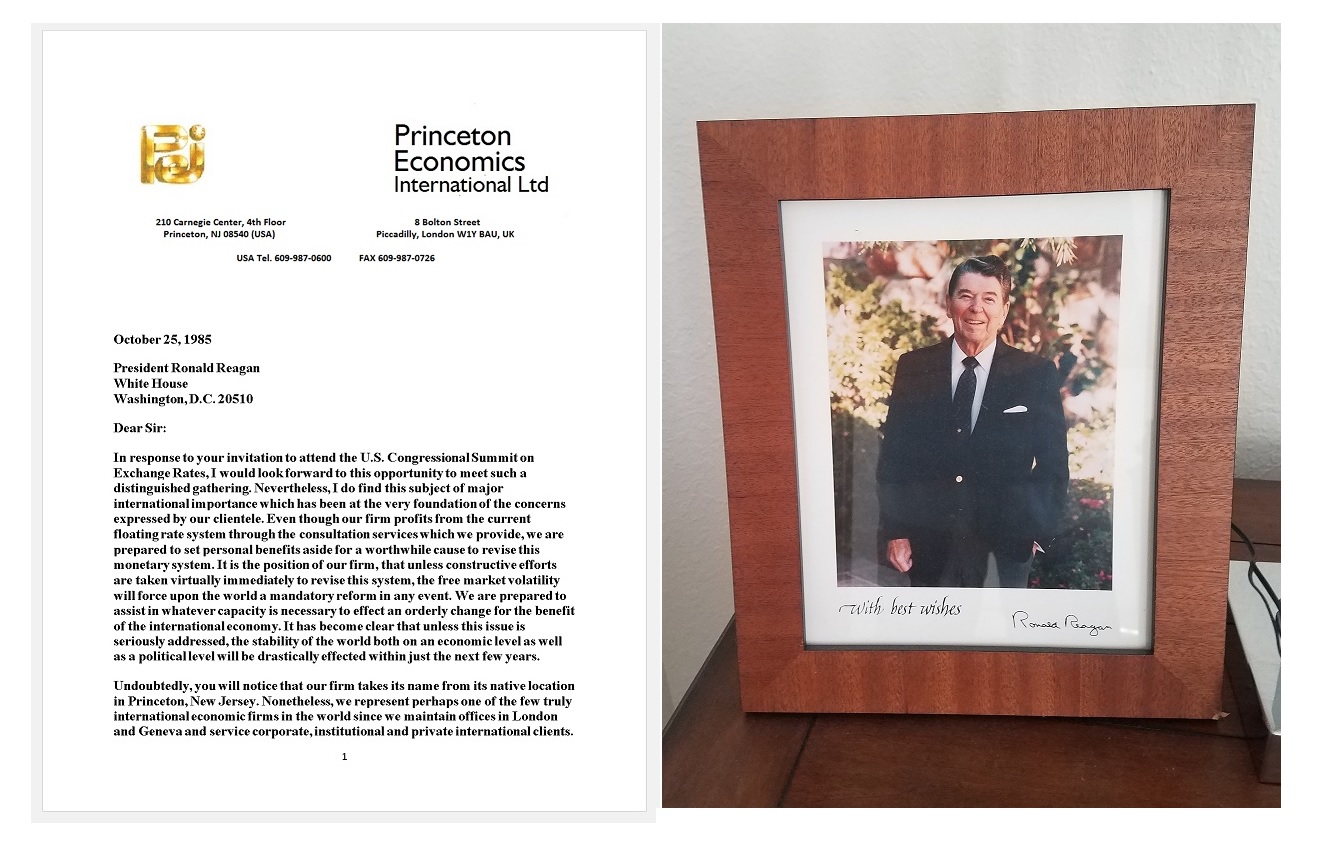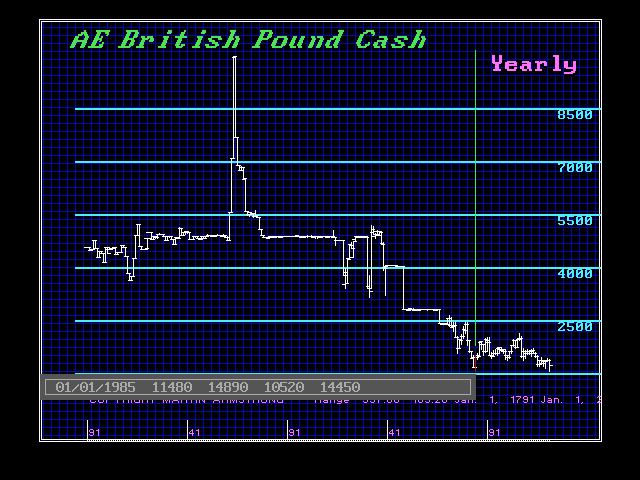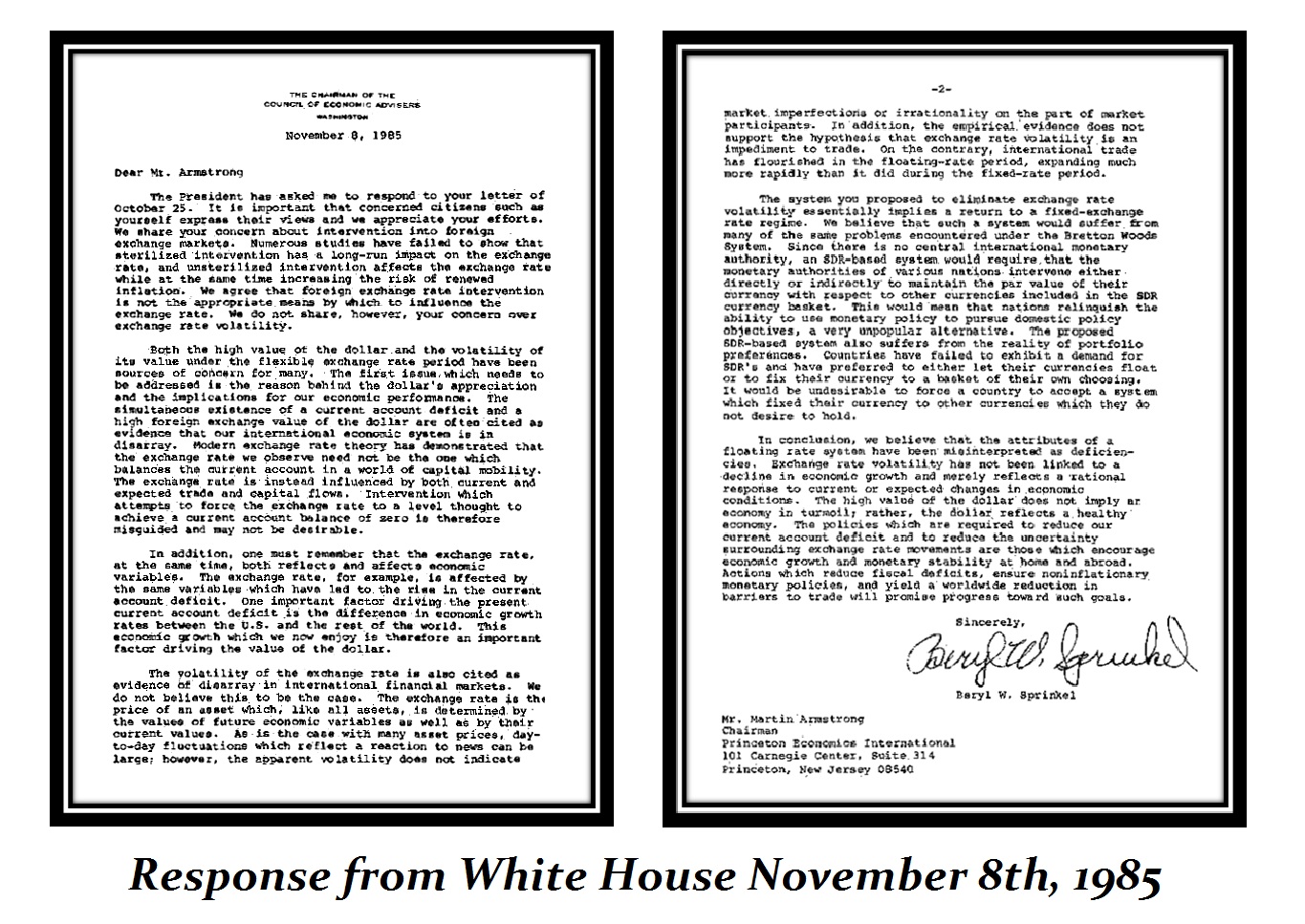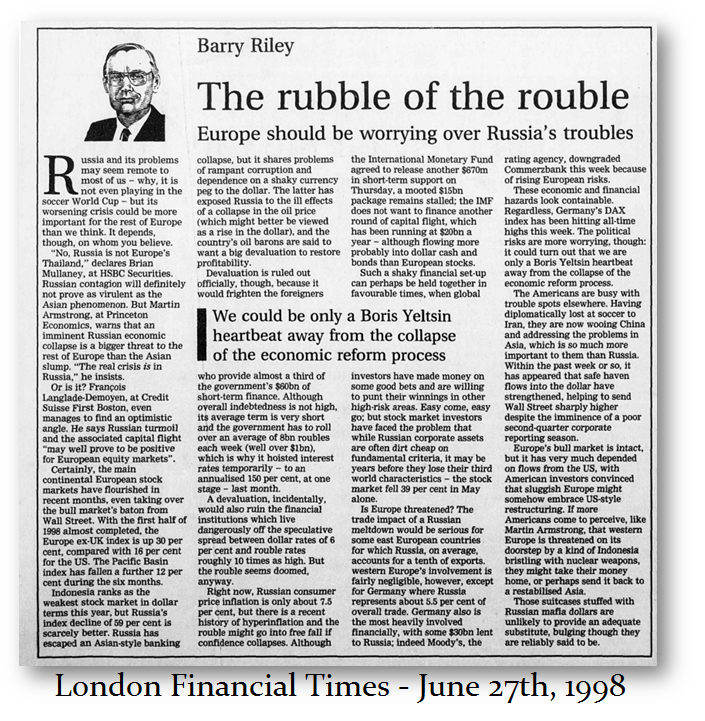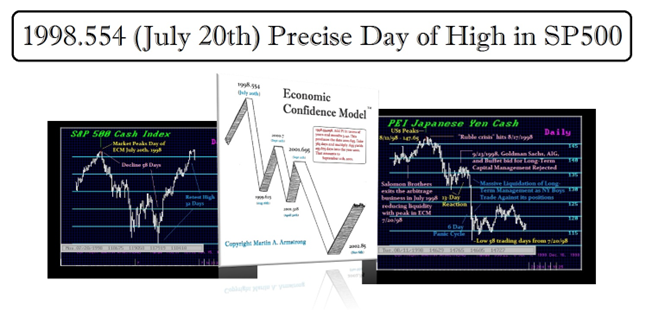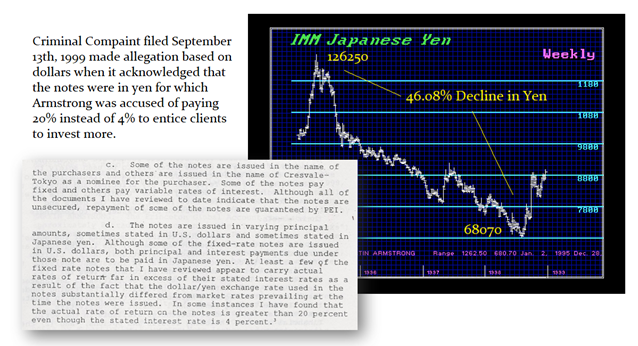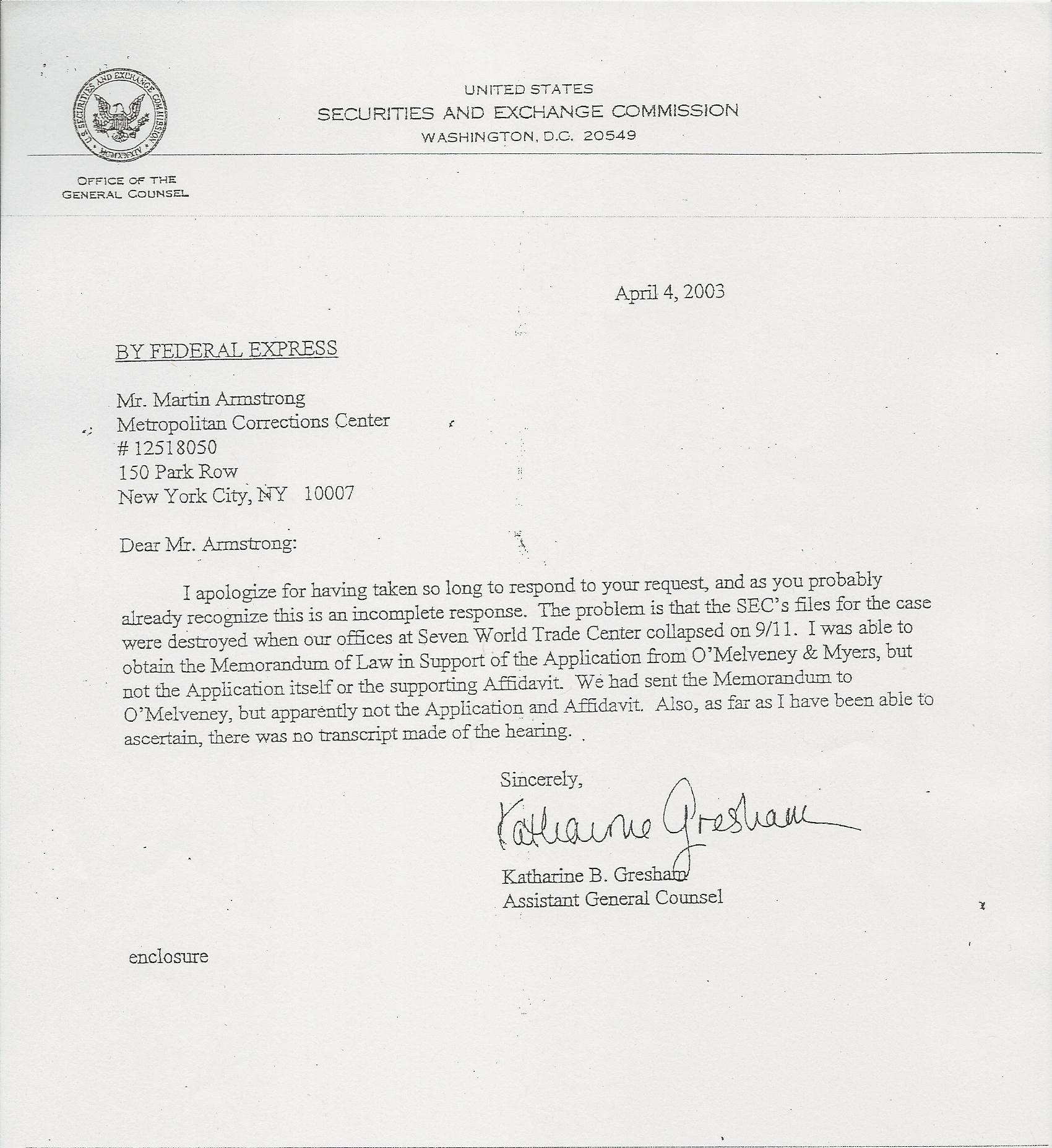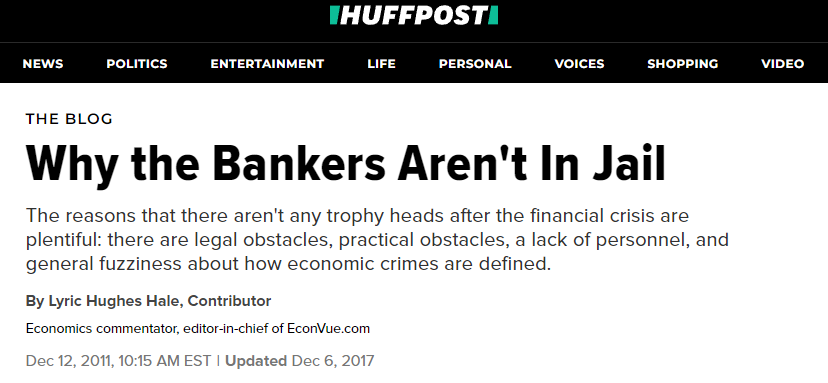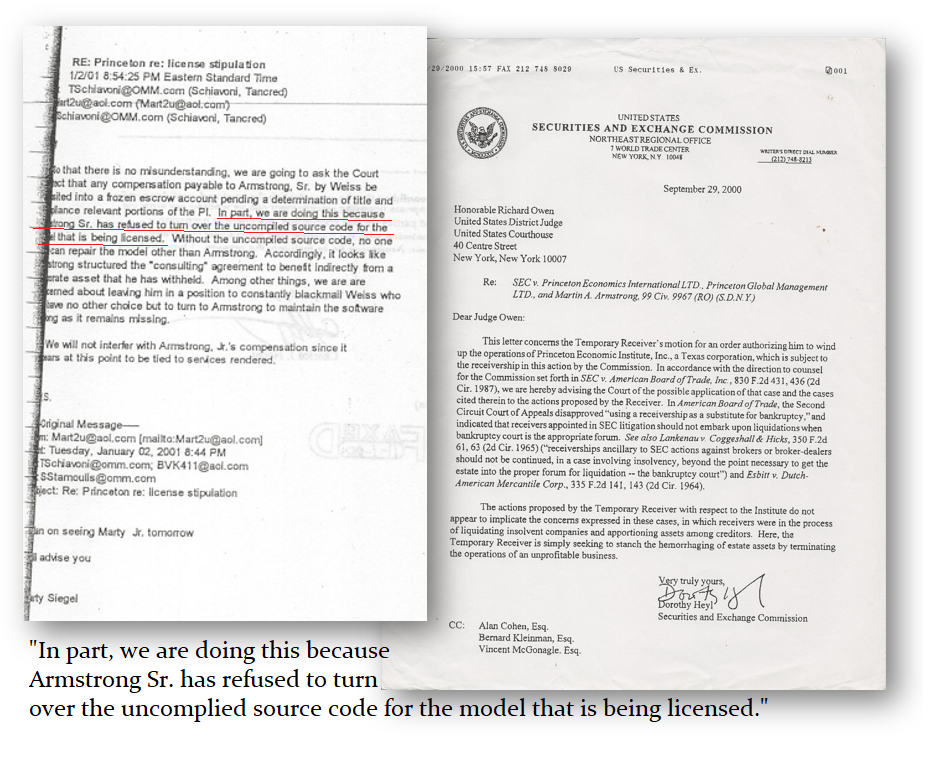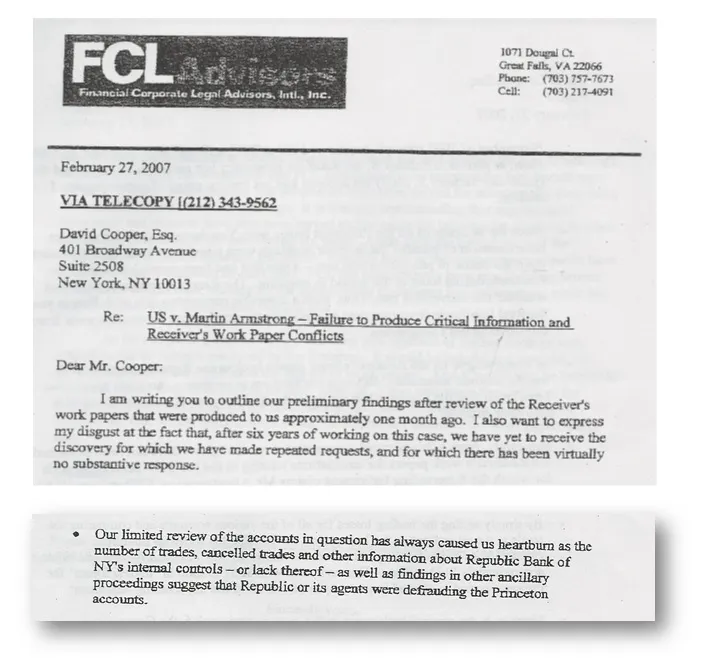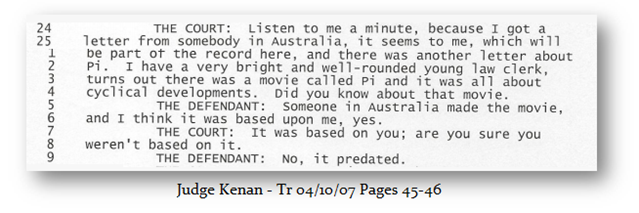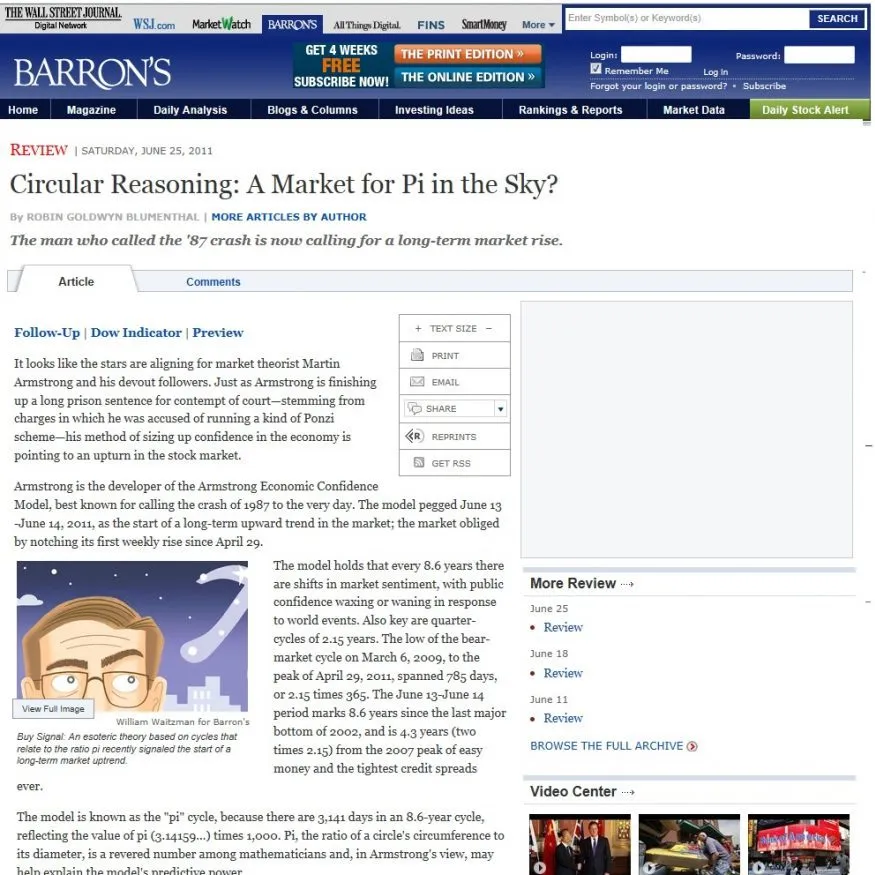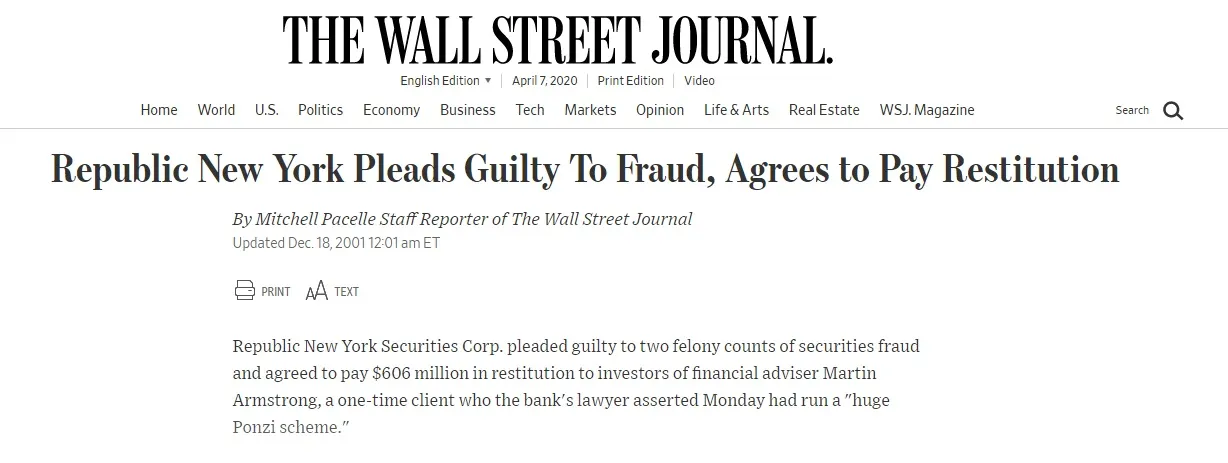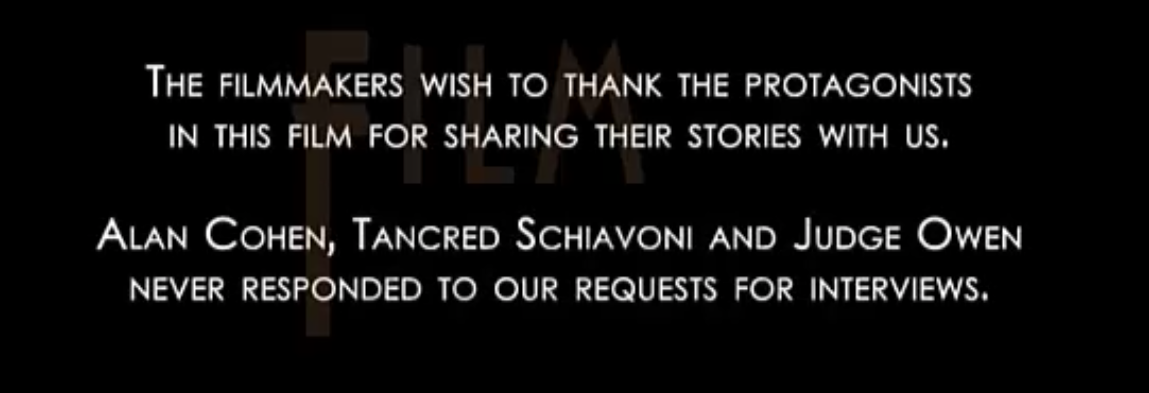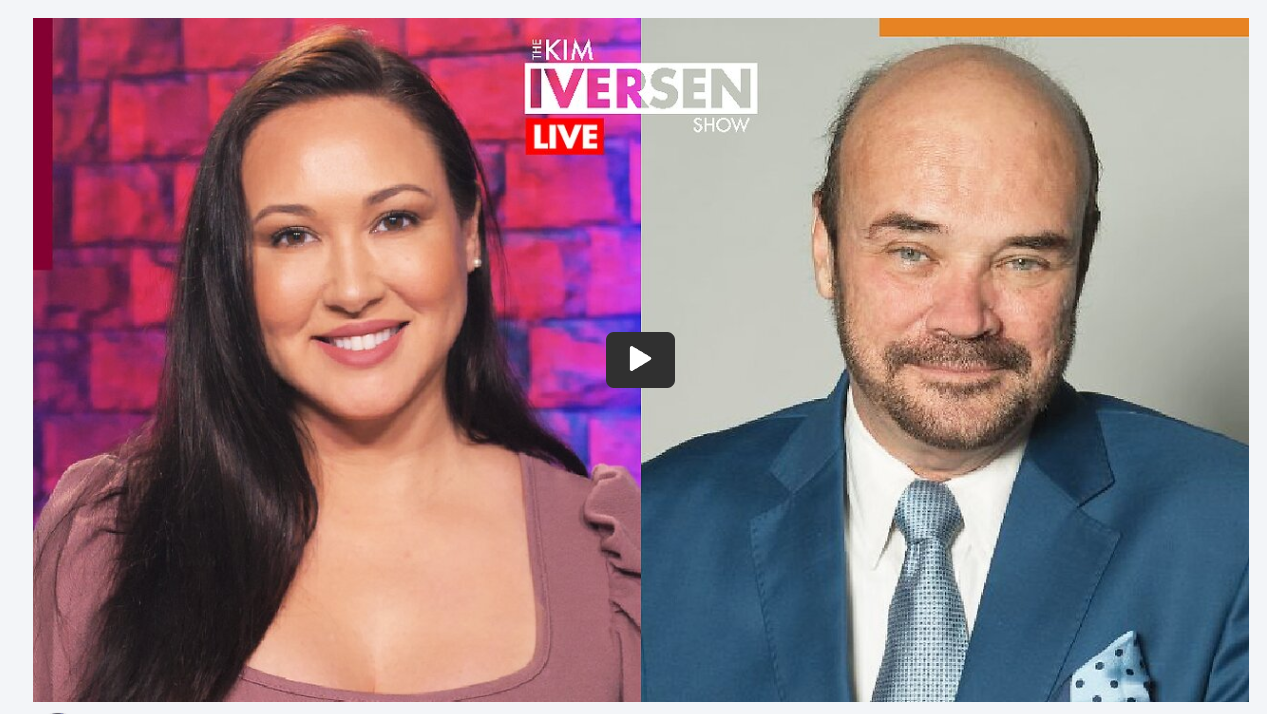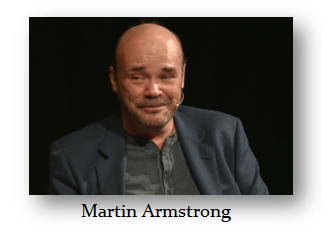Our founder, Martin Armstrong, began trading in the mid-1960s. He noticed that it did not matter what the investment was; everything would rally in the heat of a buying panic and then crash in the blink of an eye. His history teacher in high school brought in a black & white movie, The Toast of New York, staring with Edward Arnold and Cary Grant, which portrayed the gold manipulation of Jim Fisk that resulted in the Panic of 1869. This was the Panic when the term “Black Friday” was coined because the mob stormed the banks, dragging the bankers from their offices and hanging them. Gold had reached $162, and since it was $35 under Bretton Woods, he suddenly saw that there were cycles to price movements – not a straight linear projection.
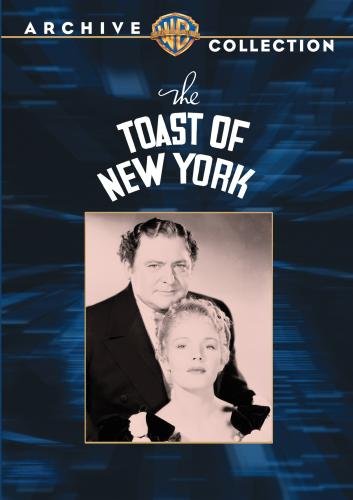 This sparked his curiosity, and he discovered that it did not matter about the investment itself; the common denominator was human nature. It also became self-evident that bull markets take longer to develop, for it takes more time for people to have confidence in the investment. However, bear markets typically begin with a panic and come down with such force that the duration tends to be much shorter.
This sparked his curiosity, and he discovered that it did not matter about the investment itself; the common denominator was human nature. It also became self-evident that bull markets take longer to develop, for it takes more time for people to have confidence in the investment. However, bear markets typically begin with a panic and come down with such force that the duration tends to be much shorter.
Martin rose to the top of international advisory because he was the first to forecast currency. Because politicians in Europe used the rise in their currency as proof of their accomplishments, no institution would allow a commentator ever to take a bearish view of a currency because it was political in Europe.
Armstrong began his studies into market behavior when he first became fascinated by the events during the Crash of 1966. Working through this period exposed him to the real world compared to the theories offered in school. When his history teacher showed him an old black-and-white film, everything changed.
The riot prompted troops to be sent in to restore peace. A scene in this movie showed Jim Fisk reading the prices of gold from the ticker tape as it hit $162 in 1869. Since gold was $35 in the 1960s, there was clearly something wrong with the whole linear thought process of economic history. Armstrong became captivated by this shocking revelation that there were not just booms and busts but also peaks and valleys that would last centuries.
As fate would have it, Martin had a client who was a senior VP at Franklin National Bank, which was once the United States’ 20th largest bank. Most people have no idea, but in 1951, Franklin National Bank in Long Island, New York, issued the first card that most resembles today’s general-use credit cards. For the first time, customers could purchase items and pay them off quickly or be charged interest if the debt carried over. Participating merchants had to pay a fee for each card purchase. By 1952, about 28,000 customers and 750 businesses had signed up for the card which eventually became the Mastercard. The concept started spreading that same year when a bank in Michigan licensed the charge card program from Franklin. The idea was so popular that in 1958, American Express launched its first charge card.
On October 8, 1974, Franklin National Bank collapsed in obscure circumstances involving connections to the Italian Michele Sindona who was alleged to be a Mafia banker. At the time, it was the largest bank failure in the country’s history. Martin’s father had taken him to Europe in the summer of 1964, introducing him to currencies traveling from Switzerland to Italy. Martin understood currencies and international finance. He was asked to take a look at the problem the bank had. The bank failed on a 10% move in the Italian Lira. Nobody seemed to understand international finance or currencies back then, and there was no understanding of hedging within just three years of the collapse of Bretton Woods.
Currency futures only began trading on May 16th, 1972, following failed negotiations to reestablish a fixed exchange rate system. Thus, being a trader, Martin’s client, Walter Zenergle, asked him if he could look at the problem. It was clear that nobody yet understood about hedging risks. After that, when there was a currency problem, people would seek out Martin since he was called into the first foreign exchange bank failure.
Consequently, Martin became one of the first international currencies advisers and eventually one of the first hedge fund managers. Because of his scope in foreign exchange, he was called in by multinational companies worldwide. This attracted the Wall Street Journal, which reported he was the highest-paid adviser in 1983. The journalist called many of Martin’s clients and was shocked. They said if he charged $10,000 an hour, that would pay it.
By 1985, Martin was called in by those forming the Group of 5 (now 20). He was on the short list of specialists in currency flows and movements. Nevertheless, the session was really run by James Baker, and he had already decided that by lowering the dollar’s value by 40%, he would reduce the US trade deficit. The dollar had risen dramatically, with the British pound falling to $1.03 in 1985, thanks to the insanely high-interest rates installed by Paul Volcker in 1981 to stop inflation. That attacked capital internationally, seeking guaranteed interest rates, driving the dollar to new historical highs.
With the Plaza Accord in the summer of that year stating its goal was to lower the dollar value by 40% to reduce the trade deficit, Martin wrote to the President and warned that such a policy would lead to a crash within a couple of years. That became the 1987 Crash. President Reagan directed his Chief Economic Counsel to respond – Beryll Sprinkle.
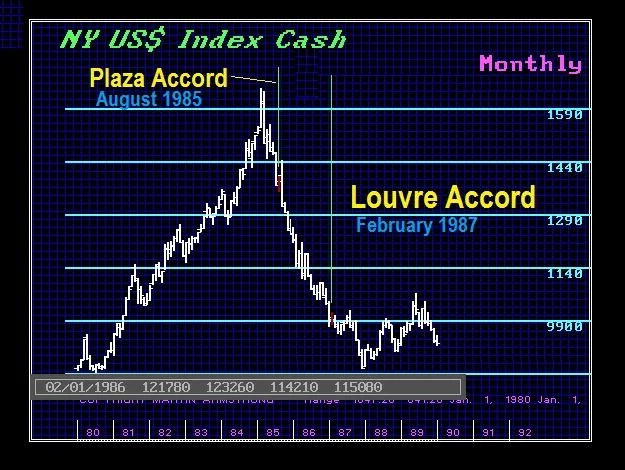
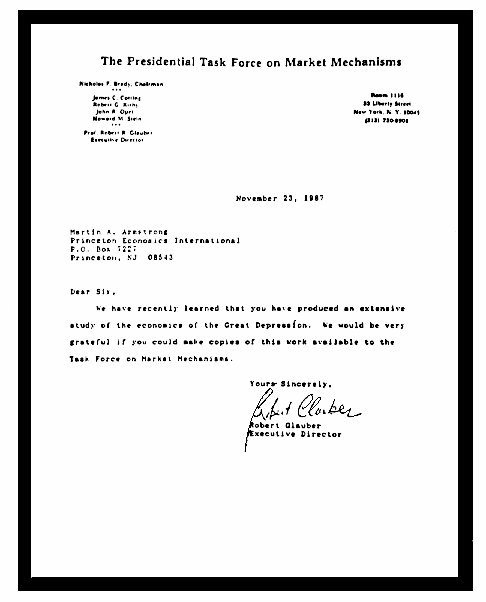 The G5 had set in motion a dollar panic. They then held the Louve Accord in Paris, announcing that the dollar had fallen far enough. The market panicked when the dollar made new lows, realizing that the central banks had no absolute control over the currency. When the 1987 Crash came, it was devastating and very confusing, to say the least. There was no domestic news that warranted the Crash. Many were blaming computer trading. Others speculated that some war had just begun and the news was behind. Martin was again called in by the Presidential Task Force, also known as the Brady Commission. Martin’s most significant accomplishment was demonstrating that it was caused by the currency and the G5 pushing to lower the dollar by 40% – not computer trading.
The G5 had set in motion a dollar panic. They then held the Louve Accord in Paris, announcing that the dollar had fallen far enough. The market panicked when the dollar made new lows, realizing that the central banks had no absolute control over the currency. When the 1987 Crash came, it was devastating and very confusing, to say the least. There was no domestic news that warranted the Crash. Many were blaming computer trading. Others speculated that some war had just begun and the news was behind. Martin was again called in by the Presidential Task Force, also known as the Brady Commission. Martin’s most significant accomplishment was demonstrating that it was caused by the currency and the G5 pushing to lower the dollar by 40% – not computer trading.
By the early 1980s, Martin became one of the very first international hedge fund managers worldwide. In addition, he was managing hedging positions for some of the largest multinational corporations in the world.
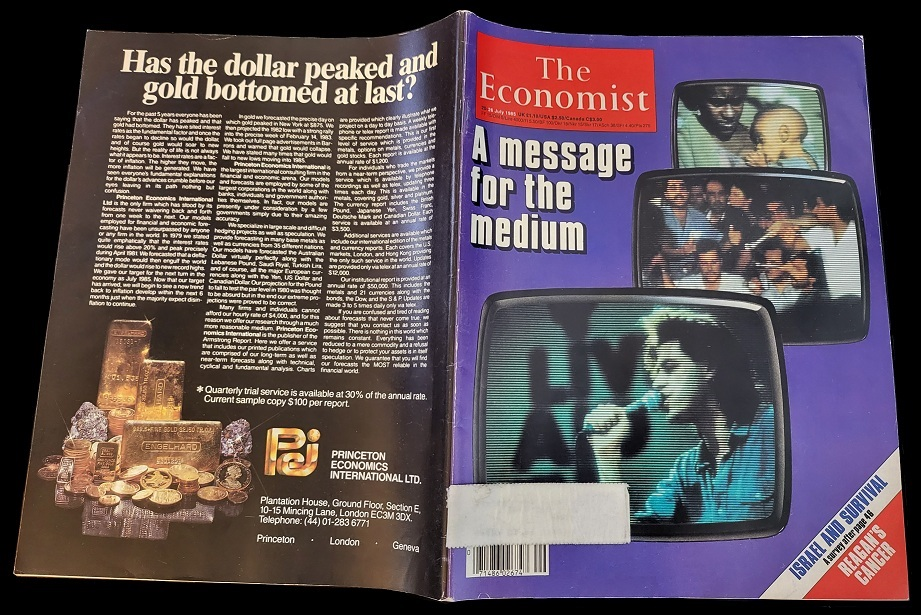
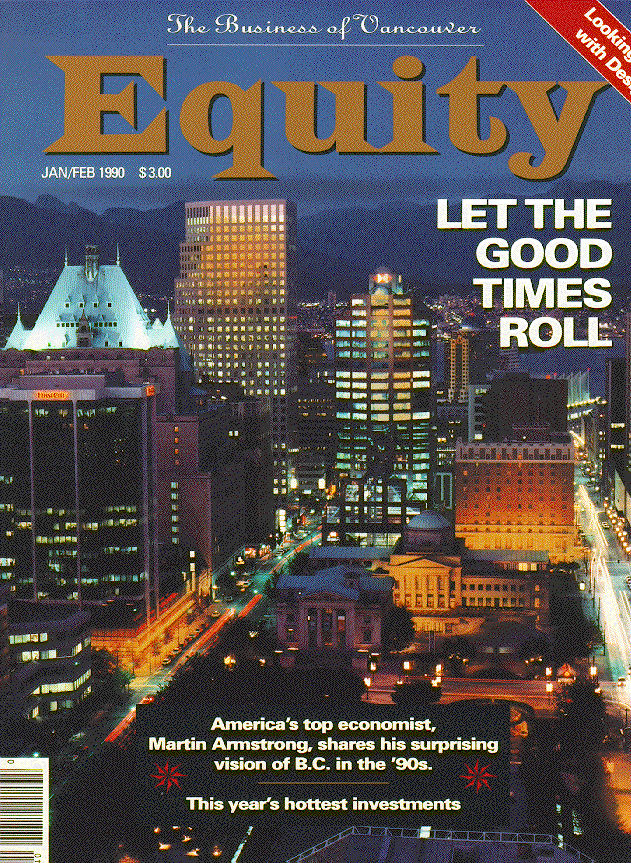 In July 1985, Armstrong took the back page of the Economist Magazine in London for three weeks, announcing that his model projected the end of deflation (high in the dollar) and a return to inflation.
In July 1985, Armstrong took the back page of the Economist Magazine in London for three weeks, announcing that his model projected the end of deflation (high in the dollar) and a return to inflation.
Martin also had a computer background in programming as well as design, including electrical engineering. He used these talents to forge a new path and created the first fully functioning artificial intelligence computer he named Socrates in the 1970s, way ahead of his time. He taught the computer how to analyze the world as a hedge fund manager. How to make decisions, and what to observe.
By 1990, Martin’s forecast for the collapse of Communism in 1989 and the collapse of the Japanese Asset Bubble in 1989 earned him being named America’s top Economist. His forecast on the collapse of the Berlin Wall and the collapse of the Nikkei share market demonstrated that his modeling was comprehensive, encompassing both geopolitical and financial aspects of the world economy.
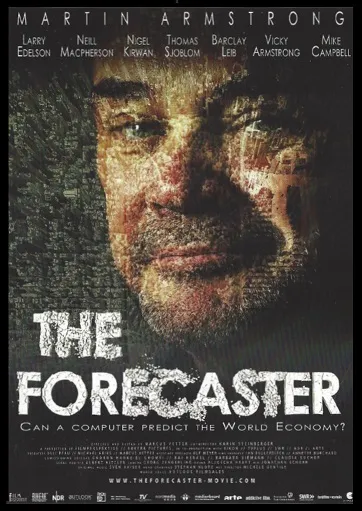 From a trading perspective, he traded against all the big names, such as Goldman Sachs and George Soros. If you watch the documentary from 2015 entitled The Forecaster, in that film, people confirmed that even Goldman Sachs said they thought they could crush Armstrong, but he usually won.
From a trading perspective, he traded against all the big names, such as Goldman Sachs and George Soros. If you watch the documentary from 2015 entitled The Forecaster, in that film, people confirmed that even Goldman Sachs said they thought they could crush Armstrong, but he usually won.
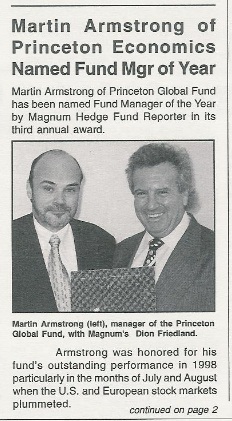 Martin managed first to regulate an onshore hedge fund set up in Australia for Deutsche Bank. He produced an annual return of 39.24% with a minimal drawdown of -1%. Such a track record was unheard of in the hedge fund world. Martin was named Hedge Fund Manager of the Year in 1998.
Martin managed first to regulate an onshore hedge fund set up in Australia for Deutsche Bank. He produced an annual return of 39.24% with a minimal drawdown of -1%. Such a track record was unheard of in the hedge fund world. Martin was named Hedge Fund Manager of the Year in 1998.
Besides being a hedge fund manager, Martin was the first real-world International non-academic Economist and International Institutional and geopolitical Advisor. He was inspired by Milton Freidman (1912–2006), who came to listen to his lecture about how the world really functions. It was Milton who, in 1953, envisioned a floating exchange rate and told Armstrong he was doing what he had only dreamed about.
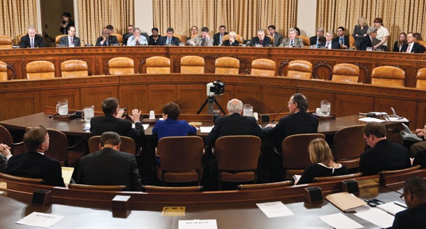 When Martin testified before the House Ways & Means Committee in Congress in 1996, Martin was the largest institutional advisor in the world, with the equivalent of 50% of the U.S. national debt under contract at that time. He was certainly the first to advise on portfolios of trillions of dollars and perhaps the only person ever to do so.
When Martin testified before the House Ways & Means Committee in Congress in 1996, Martin was the largest institutional advisor in the world, with the equivalent of 50% of the U.S. national debt under contract at that time. He was certainly the first to advise on portfolios of trillions of dollars and perhaps the only person ever to do so.
Martin also rose to the level of advising governments, heads of state, multinational corporations, and even the takeover players during the 1980s. All of this was due to his foremost advice with capital flow analysis, which he invented, and foreign exchange. His firm was the largest, specializing in forecasting foreign exchange. The fate of nations would rise and fall based on their currency.
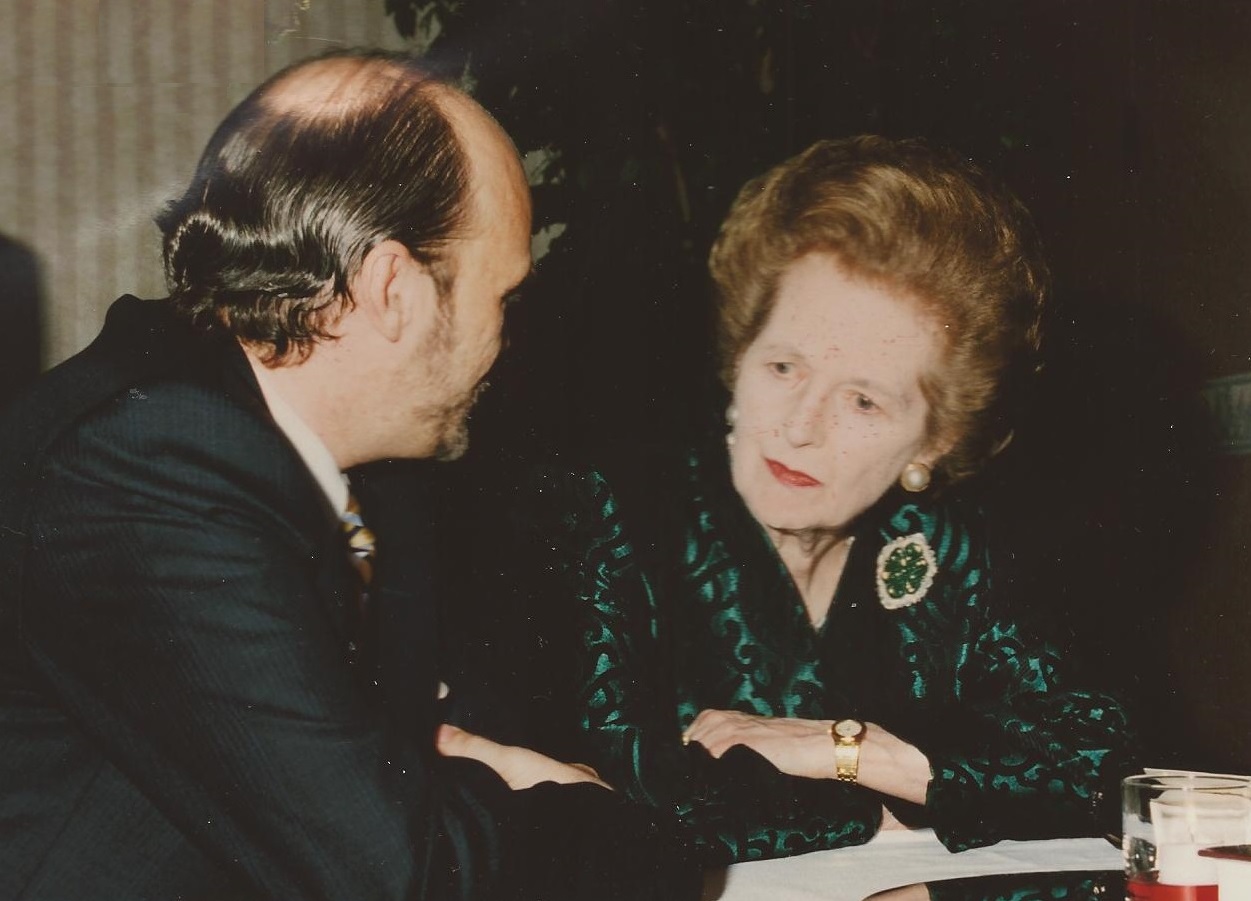 Armstrong became famous for also forecasting that the British pound would fall to test the par level by 1985 from the $2.40 area. He advised Margaret Thatcher (1925–2013; Prime Minister of the UK 1979-1990) on keeping the pound out of the coming Euro. After staging a coup to remove her from office, John Major pushed Britain to join the coming Euro, which blew up in the 1992 ERM Crisis and the collapse of the British pound.
Armstrong became famous for also forecasting that the British pound would fall to test the par level by 1985 from the $2.40 area. He advised Margaret Thatcher (1925–2013; Prime Minister of the UK 1979-1990) on keeping the pound out of the coming Euro. After staging a coup to remove her from office, John Major pushed Britain to join the coming Euro, which blew up in the 1992 ERM Crisis and the collapse of the British pound.
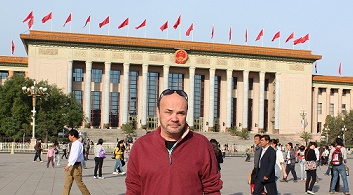 When the 1997 Asian Currency Crisis hit, Martin was summoned by the Central Bank of China and flew to Beijing. He was the first international adviser to visit China at their request during the crisis. Whenever there was a currency crisis, Armstrong was called in no matter what the country. China has ever since adopted its Capital Flow Analysis over Keynesian Economics.
When the 1997 Asian Currency Crisis hit, Martin was summoned by the Central Bank of China and flew to Beijing. He was the first international adviser to visit China at their request during the crisis. Whenever there was a currency crisis, Armstrong was called in no matter what the country. China has ever since adopted its Capital Flow Analysis over Keynesian Economics.
When the Euro was being formed, the committee attended the 1997 World Economic Conference in London in 1997. Martin warned them that unless they consolidated the debts of all members, the volatility between currencies would only be transferred to the bond market. They said they just had to get the Euro first and then worry about the debts later.
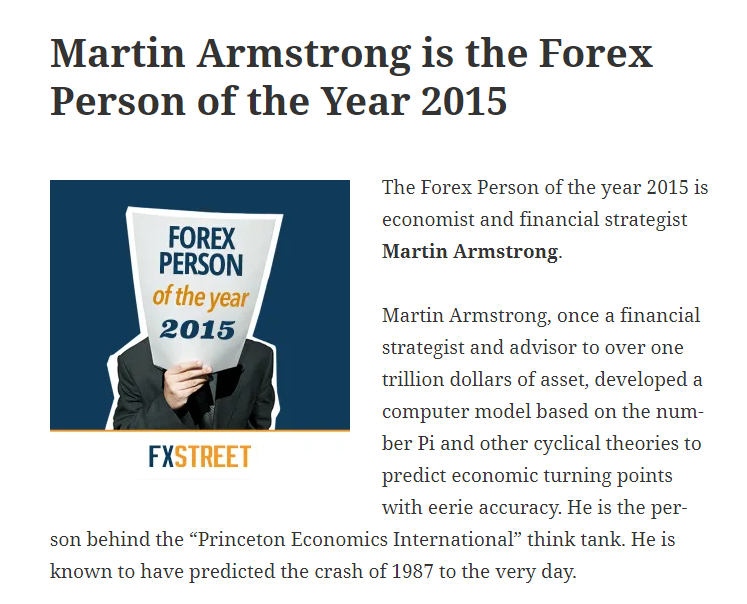 Martin Armstrong was named Forex Person of the Year in 2015. He had forecast that the Swiss franc/euro peg would collapse. He even met with the Swiss in advance, warning the central bank of the pending collapse.
Martin Armstrong was named Forex Person of the Year in 2015. He had forecast that the Swiss franc/euro peg would collapse. He even met with the Swiss in advance, warning the central bank of the pending collapse.
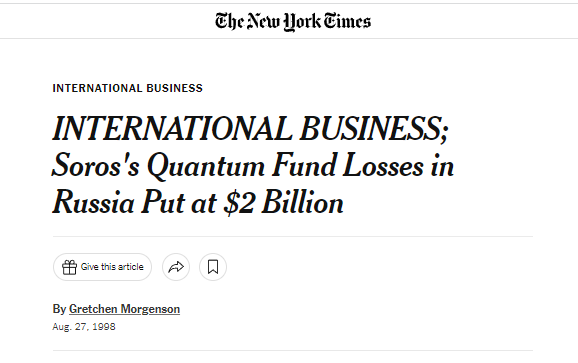 Hence, Martin has seen it all for over 40 years. He is not a household name, for he was institutional rather than retail. When it came to crises, the first bank failure due to currency following the collapse of Bretton Woods in 1971 was Franklin National Bank in 1974. A 10% move in the Italian lira took down the bank. Ever since Armstrong has been called into just about every crisis thereafter.
Hence, Martin has seen it all for over 40 years. He is not a household name, for he was institutional rather than retail. When it came to crises, the first bank failure due to currency following the collapse of Bretton Woods in 1971 was Franklin National Bank in 1974. A 10% move in the Italian lira took down the bank. Ever since Armstrong has been called into just about every crisis thereafter.
Martin found himself even in the middle of the collapse of the Russian bond market in 1998 and the Bankers who were urging him to invest $10 billion into Heritage Capital Management in their plot to seize Russia and all its natural resources. Martin declined, warning that his computer projected that Russian debt would collapse despite the backing by the International Monetary Fund. Edmond Safra of Republic National Bank lost $1 billion, and even George Soros lost $2 billion.
At our June World Economic Conference held in London in 1998, Armstrong delivered the forecast that Russia would collapse in a matter of weeks. A journalist from the London Financial Times was in the room and then published that forecast on the front page of the second section.
When Russia collapsed, the CIA contacted Armstrong, insisting that they wanted to buy the model, but he declined. The bankers and hedge funds mavericks lost billions. They complained to the Commodity Futures Trading Commission that Armstrong had too much influence and thus had to be shut down.
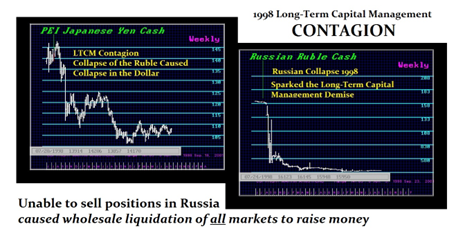 It was that forecast that Russia would collapse that they unleashed a Liquidity Crisis because the “Club,” made up of bankers and hedge fund guys, were all on the exact trade counting on the IMF to bail out Russia, so it was a guaranteed trade. They all lost billions because they were too busy bribing politicians and people in the IMF actually to look at the markets.
It was that forecast that Russia would collapse that they unleashed a Liquidity Crisis because the “Club,” made up of bankers and hedge fund guys, were all on the exact trade counting on the IMF to bail out Russia, so it was a guaranteed trade. They all lost billions because they were too busy bribing politicians and people in the IMF actually to look at the markets.
They had misjudged the world economy entirely, thinking they could control it. They were not “traders” but people who were engaged in trying to rig the game. So, when our model was correct, forecasting that they would all lose, there was nobody to sell to, for they were all on the same trade. They began selling positions worldwide in everything they could to raise capital to cover their losses.
This was when the “club” conspired to shut down Armstrong and his forecasts. The prosecutors never understood currency. They looked at each transaction in dollars and accused Armstrong of a Ponzi Scheme, paying some people 20% when the note called for only 4%. They then claimed Armstrong was paying people more than he should have to entice them to invest more. Yet in the separate Bank case, the prosecutor, Richard D. Owens, told the truth to save the bank $50 million yet maintained the opposite theory against me, violating my civil rights and misleading the court as to what the case was about.
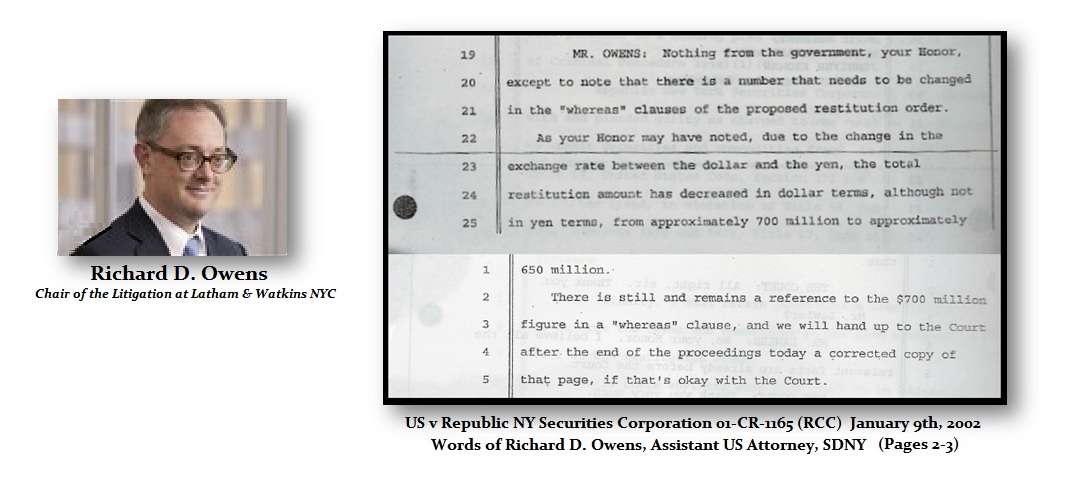
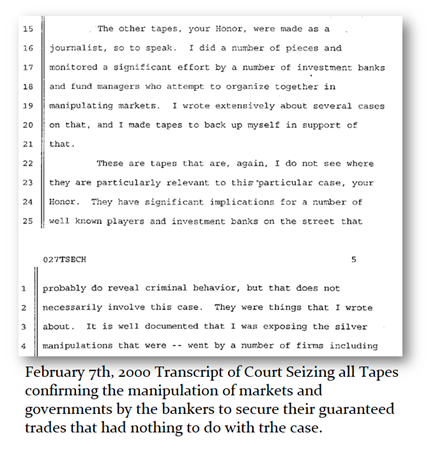 When they realized they made a grave mistake, they took all my lawyers away in a secret closed-door proceeding, throwing the press out to hide what they were doing. Even the Associated Press, then, for the first time, questioned if Martin would ever receive a fair trial. Then they threatened my lawyers with imprisonment unless they turned over all the taped phone calls whereby they exposed the bankers trying to get Martin to join the “club” in manipulating markets and admitting they were paying bribes to even Russian officials to recall platinum for an inventory to drive the price higher.
When they realized they made a grave mistake, they took all my lawyers away in a secret closed-door proceeding, throwing the press out to hide what they were doing. Even the Associated Press, then, for the first time, questioned if Martin would ever receive a fair trial. Then they threatened my lawyers with imprisonment unless they turned over all the taped phone calls whereby they exposed the bankers trying to get Martin to join the “club” in manipulating markets and admitting they were paying bribes to even Russian officials to recall platinum for an inventory to drive the price higher.
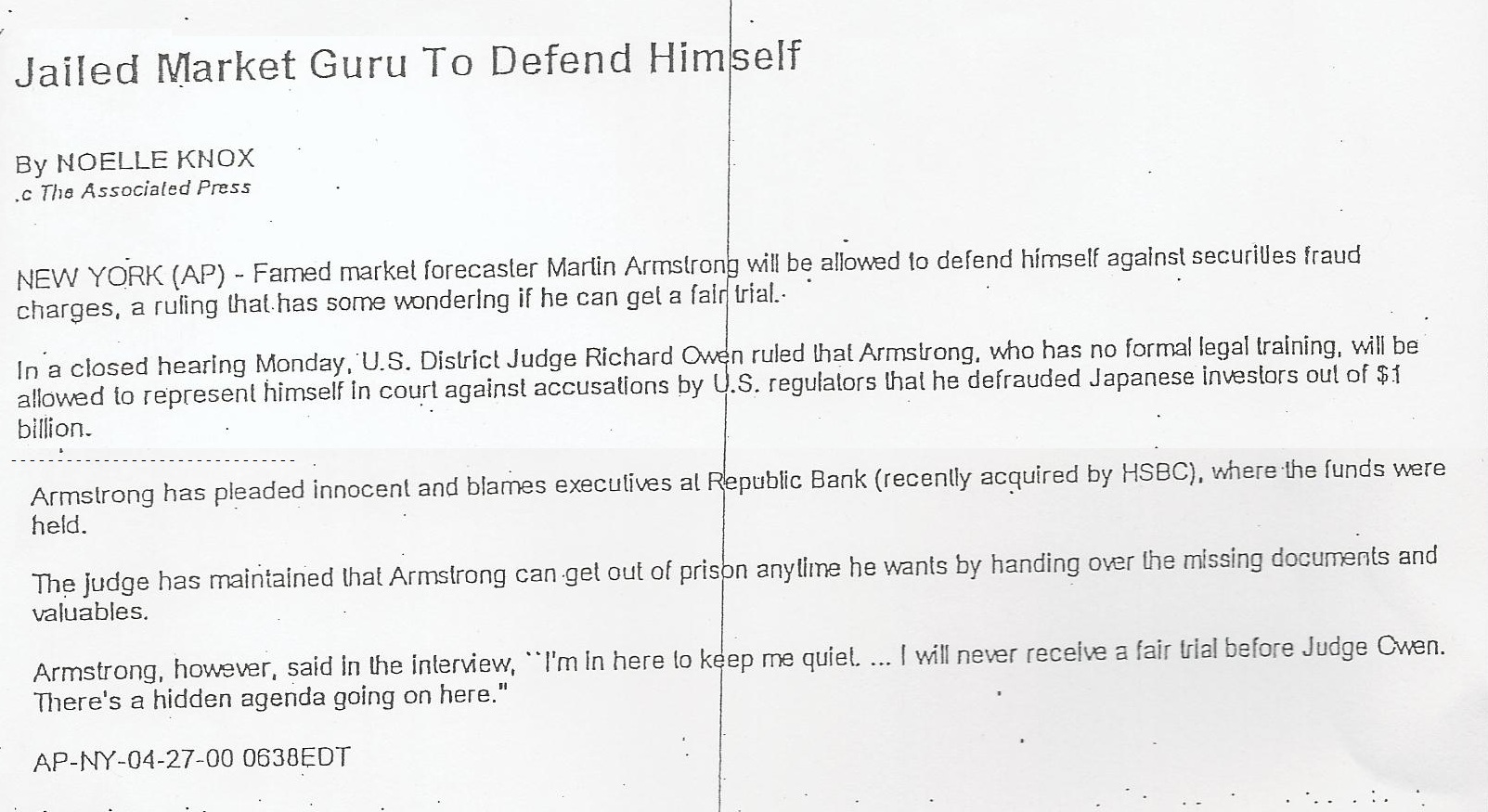 Then the government claimed all that evidence against the bankers was destroyed in the World Trade Center attack, which strangely took down WTC7, which was never hit by any plain and was instead a controlled demolition. All the evidence that the government had on cases was stored there in the WTC7 building. It was conveniently destroyed.
Then the government claimed all that evidence against the bankers was destroyed in the World Trade Center attack, which strangely took down WTC7, which was never hit by any plain and was instead a controlled demolition. All the evidence that the government had on cases was stored there in the WTC7 building. It was conveniently destroyed.
The government knew about the attack because the first World Trade Center bombers drew the Twin Towers in their prison cell with planes going into them. That was the excuse to create Homeland Security because “some agencies” did not share information. The government knew in advance and staged the collapse of WTC7 taking down to cover up the place where all the evidence was stored.
In Washington, the claimed plane that hit the Pentagon miraculously destroyed the very room with all the financial records for the audit of missing trillions that then Rumsfeld promised an investigation would begin the following week. All the tapes from my case that confirmed the manipulation of markets by the bankers were in WTC7.
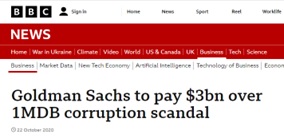 With all the financial crises the bankers have caused, they never go to jail. They pay what sounds to be huge fines, but they are only about 10% of their profit on such scams. Many have started to wonder if the government looks the other way as part of the process for their cut. The fines have been huge between the Russia scam and the Mortgage-Backed scam, but nobody goes to jail. The fines represent those in the SEC and CFTC getting their piece of the fraud. Money is never returned to alleged victims. The government profits from these pretend prosecutions.
With all the financial crises the bankers have caused, they never go to jail. They pay what sounds to be huge fines, but they are only about 10% of their profit on such scams. Many have started to wonder if the government looks the other way as part of the process for their cut. The fines have been huge between the Russia scam and the Mortgage-Backed scam, but nobody goes to jail. The fines represent those in the SEC and CFTC getting their piece of the fraud. Money is never returned to alleged victims. The government profits from these pretend prosecutions.
The bankers hire people from the SEC & CFTC to ensure that they are never truly prosecuted for their criminal behavior. All they ever do is fine the bankers, and nobody is ever personally charged in return. This keeps the revolving door going and the endless list of frauds that blow up the economy without fail.
The government refused to allow the US company, Princeton Economic Institute, which was exclusively a publisher, to continue unless Martin gave the government the “uncompiled source code” to Socrates. People came forward and offered to rent the Institute to retain the employees and continue forecasting. That is when the government stated it was shutting down the forecasting because Martin refused to give them the source code to the model, which had nothing to do with the allegations. Moreover, the Institute was owned by my children separately from the international operation. The court refused to acknowledge their ownership and stripped my family of all their assets as well. That had to be reviewed by Llyod’s of London, who insured the producer of the Forecaster against any libel, slander, or claims that the film was false in some way. It was in writing they demanded the source code.
Because Judge Lawrence M. McKenna was trying to protect Martin and ruled that the government had to explain what my case was even about, for the theories kept changing, it was impossible to defend against such changing nonsense. To avoid having to explain what my case was even about, they turned to the Chief Judge, who removed McKenna and sent my case to John F. Keenan who was, of course, a former prosecutor who never saw a defendant who was ever wrongly charged. The government, to him, was always infallible.
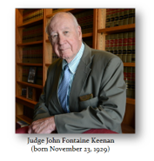
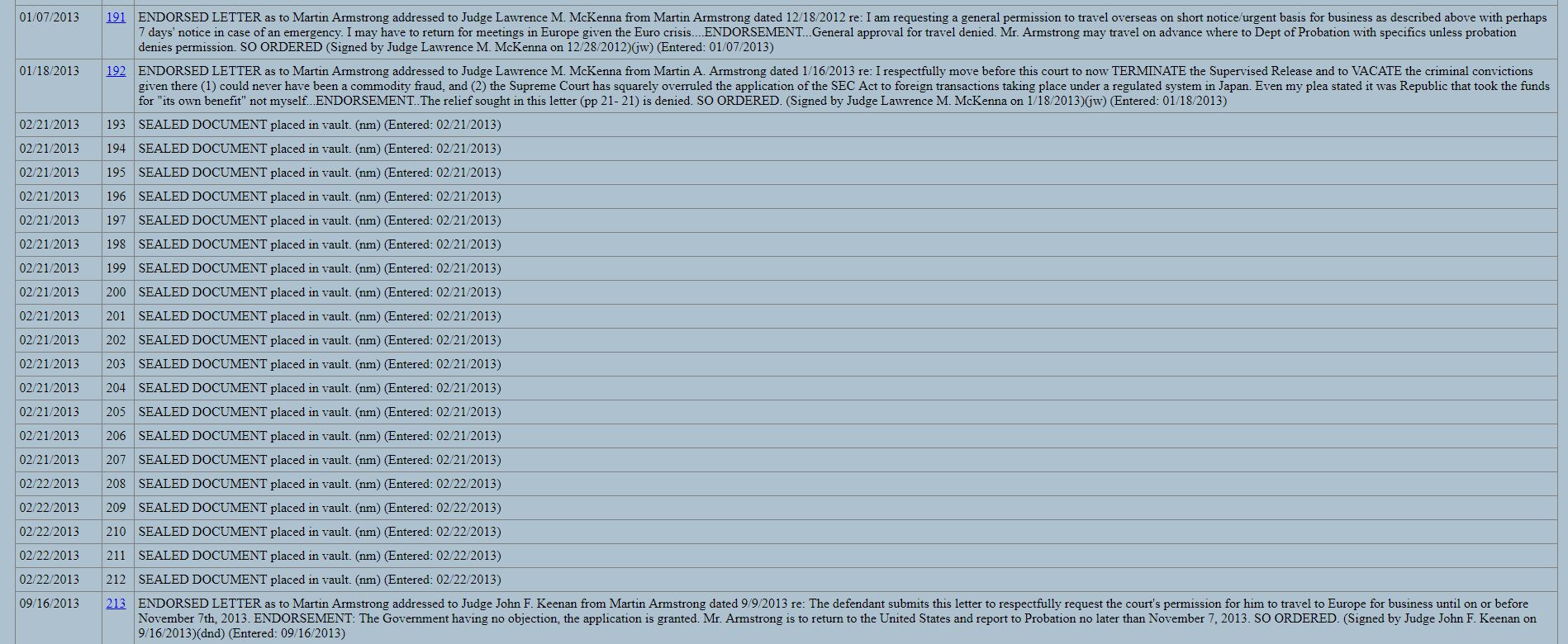 Even stranger, because my case involved the whole scam of interfering into the Russian 2000 election, of all the judges in the SDNY, the prosecutors sent it to Keenan who had been serving on the United States Foreign Intelligence Surveillance Court since 1994. They sealed the docket, so Martin could not see any filings about how they illegally removed Judge McKenna. They seemed to justify this as National Security. The very first appearance before Judge Keenan, he overruled Judge McKenna and denied my motion to compel the government to explain the case and what Martin was charged with. Despite the forensic accountant telling the court that the government has failed to turn over discovery, he replied “You have enough.”
Even stranger, because my case involved the whole scam of interfering into the Russian 2000 election, of all the judges in the SDNY, the prosecutors sent it to Keenan who had been serving on the United States Foreign Intelligence Surveillance Court since 1994. They sealed the docket, so Martin could not see any filings about how they illegally removed Judge McKenna. They seemed to justify this as National Security. The very first appearance before Judge Keenan, he overruled Judge McKenna and denied my motion to compel the government to explain the case and what Martin was charged with. Despite the forensic accountant telling the court that the government has failed to turn over discovery, he replied “You have enough.”
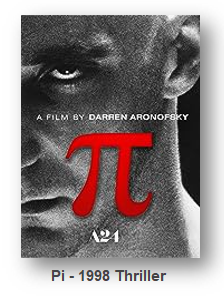 In a desperate attempt to disqualify the model that Martin refused to hand over the source code, Judge Keenan then accused him of stealing the idea of Pi from the movie Pi, which came out in 1998, yet the charges were from 1995-1998. That film was a psychological thriller where the constant mathematical Pi is used to expose the hidden order in the real world and contrast two seemingly irreconcilable entities: the imperfect irrationality of humanity and the rigor and regularity of mathematics, specifically number theory.
In a desperate attempt to disqualify the model that Martin refused to hand over the source code, Judge Keenan then accused him of stealing the idea of Pi from the movie Pi, which came out in 1998, yet the charges were from 1995-1998. That film was a psychological thriller where the constant mathematical Pi is used to expose the hidden order in the real world and contrast two seemingly irreconcilable entities: the imperfect irrationality of humanity and the rigor and regularity of mathematics, specifically number theory.
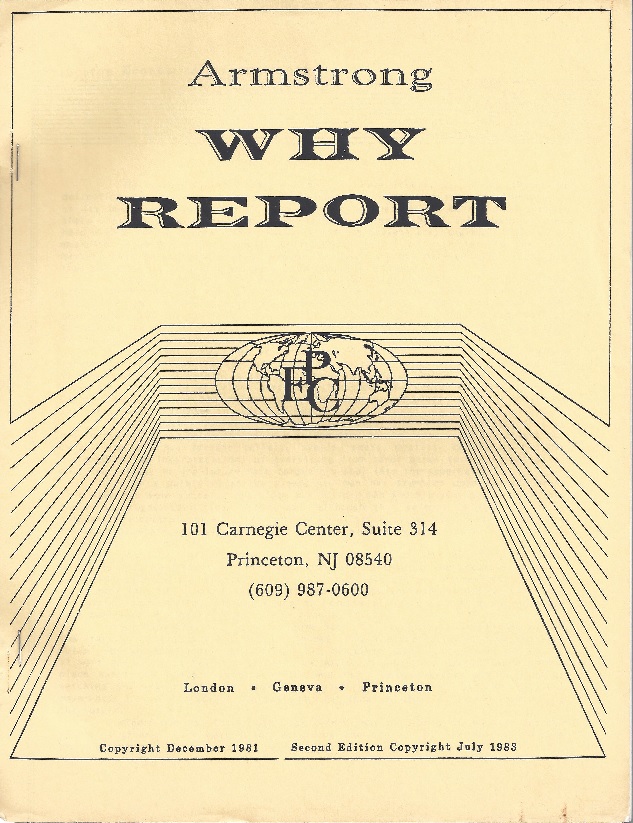 Yet the model was first published in 1979, then again in 1981, and a third edition of the Why Report was published in 1983. The government says complete lies, knowing the press will take whatever a judge says as gospel. Judge Keenan was clearly peppering the record with deliberate lies to discredit Socrates and the Economic Confidence Model. They claimed that the case covered 1995 to 1999 yet put forth that Martin stole the idea of Pi from a movie released in 1998 where perhaps Martin had some time machine and traveled back in time 28 years to publish a model in 1979 based on a 1998 movie. When you are standing before such utter nonsense, what do you even say? The press has no problem spreading those lies.
Yet the model was first published in 1979, then again in 1981, and a third edition of the Why Report was published in 1983. The government says complete lies, knowing the press will take whatever a judge says as gospel. Judge Keenan was clearly peppering the record with deliberate lies to discredit Socrates and the Economic Confidence Model. They claimed that the case covered 1995 to 1999 yet put forth that Martin stole the idea of Pi from a movie released in 1998 where perhaps Martin had some time machine and traveled back in time 28 years to publish a model in 1979 based on a 1998 movie. When you are standing before such utter nonsense, what do you even say? The press has no problem spreading those lies.
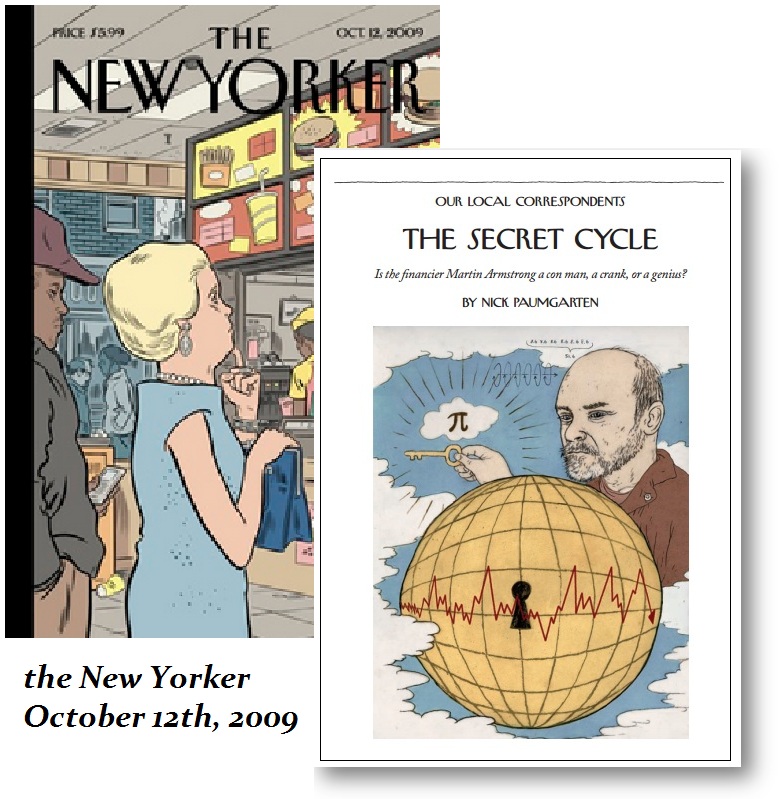 Even while Armstrong was still held in contempt, there were some in the press who were looking closer at the government’s claims.
Even while Armstrong was still held in contempt, there were some in the press who were looking closer at the government’s claims.
The New Yorker Magazine, October 12th, 2009, The Secret Cycle, by Nick Paumgarten
“His model singled out, in advance, the day of the October 1987 crash. … Pi suggested some future turning points, which Armstrong watched carefully as they approached. Among them was December 1989, which marked the Nikkei’s peak before it crashed. This call earned him the magazine Equity’s award as the top North American economist and a big following in Japan, where the idea of cycles, a tenet of Eastern belief, did not seem so far-fetched. He presided over conferences in the ballroom of the Imperial Hotel in Tokyo and began investing billions of dollars on behalf of Japanese clients. He boasted that the Japanese called him Mr. Yen. Another big pi date was July 20, 1998, which turned out to mark the high point in the S. & P. just before a Russian default broke the giant hedge fund Long Term Capital Management and nearly wrecked the financial system. Armstrong by now, was running a couple of hedge funds, and the Magnum Hedge Fund Reporter named him Fund Manager of the Year.
Not long afterward, he claims, the C.I.A. telephoned his firm, eager to get a closer look at his model. Agents had been watching him and were curious about how he had managed to call the collapse of the ruble. They asked if he would come to Washington, he said, and build his model for them. He declined. Finally, in 1999, he published a report—his last at Princeton Economics—explaining the part that pi had played in his calculations.”
Barrons reported June 25, 2011:
Barron’s wrote about Armstrong’s forecast with the Great Recession of 2007-2010. The model projected that the market would recover and make new highs. Barron’s reported the forecast probably because they found it unbelievable.
“Armstrong is the developer of the Armstrong Economic Confidence Model, best known for calling the crash of 1987 to the very day. The model pegged June 13-June 14, 2011 as the start of a long-term upward trend in the market; the market obliged by Late in 2011, notching its first weekly rise since April 29.”
Bloomberg News Sept 28th, 2011 by Zeke Faux and David Glovin
“In Armstrong’s view of the world where boom-bust cycles occur like clockwork every 8.6 years, what matters is his record as a forecaster. … He called Russia’s financial collapse in 1998, using a model that also pointed to a peak just before the Japanese stock market crashed in 1989. These days, as the European sovereign-debt crisis roils markets worldwide, he reminds readers of his October 1997 prediction that the creation of the euro ‘will merely transform currency speculation into bond speculation,’” leading to the system’s eventual collapse.”
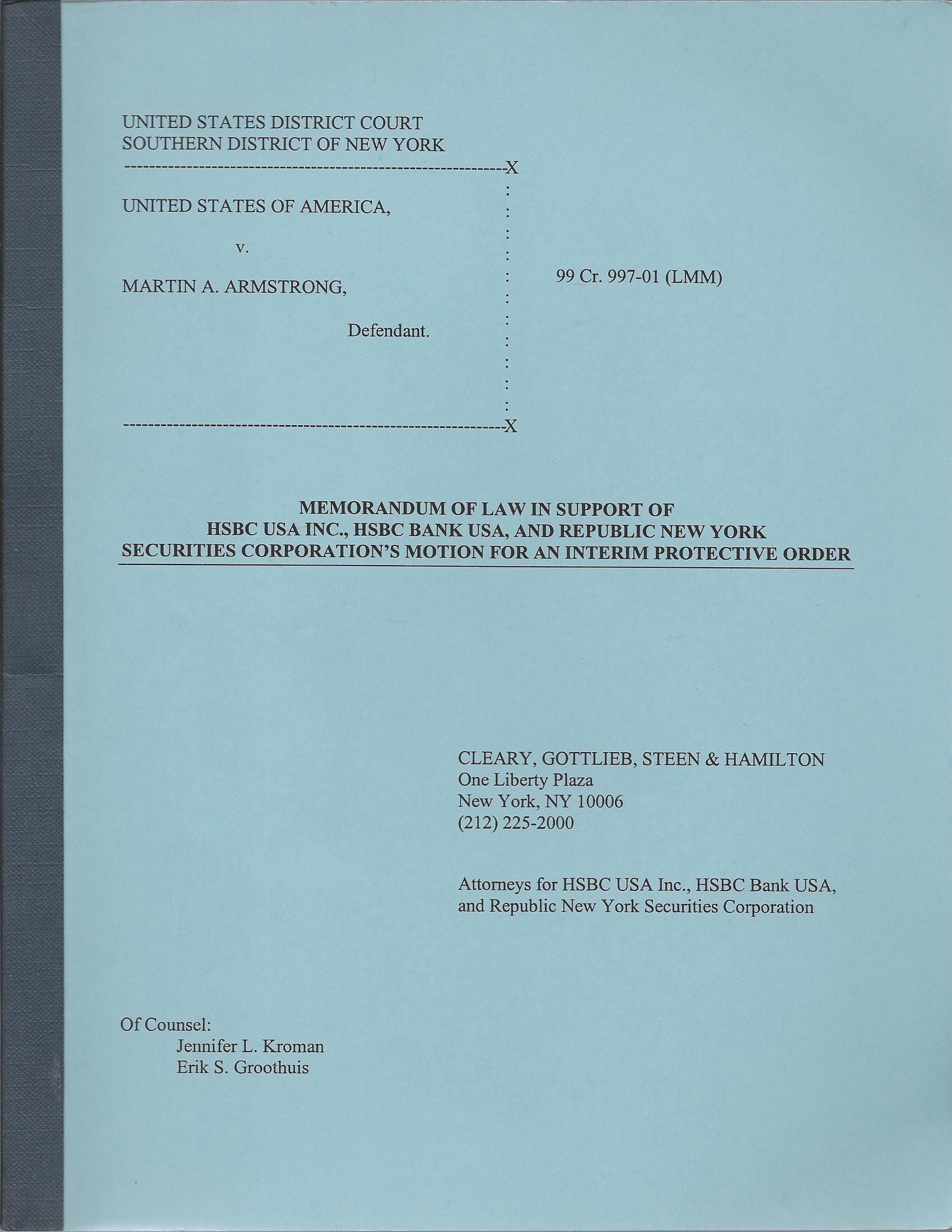 It has been Wikipedia that has deliberately been engaging in protecting the government and the bankers. While many people have tried to alter the page and report the truth that the bank pled guilty, they constantly remove the truth. The bank agreed to return the money it stole to all Martin’s clients in return for nobody going to prison or even personally named. On top of that, the government imposed an Gag-Order to prevent Martin from helping his clients sue the bankers. As always, the bankers walk on water.
It has been Wikipedia that has deliberately been engaging in protecting the government and the bankers. While many people have tried to alter the page and report the truth that the bank pled guilty, they constantly remove the truth. The bank agreed to return the money it stole to all Martin’s clients in return for nobody going to prison or even personally named. On top of that, the government imposed an Gag-Order to prevent Martin from helping his clients sue the bankers. As always, the bankers walk on water.
To further ensure that they government would cover everything up, the court-appointed lawyer David Cooper refused to ever file any appear and simply facilitated the government at every stage of the game. Dorothy Heyl, the prosecutor for the SEC at the time, was quitting. On her last day in court, she stood up and said this contempt should end. The Commodity Futures Trading Commission, the lapdog of the bankers, objected. Of course, the judge ruled against the SEC.
Wikipedia falsely reported that the film The Forecaster “lacked perspective due to its failure to present commentary from authorities.” Wikipedia deliverably lied about that and omitted that the government was asked to participate and refused.
They also failed to mention that the one person from the government, Oliver Brown, who appeared in the movie explaining that the contempt was to break Armstrong, states that the FBI showed up at his house the week before filming to intimidate him into not appearing. The only way they knew he was going to appear in the film as if they were illegally tapping Martin’s lawyer’s phone since Martin had no contact with Mr. Brown. So much for Wikipedia, which has become government propaganda. Llyods of London insured the Forecaster for everything stated in the film, but had to be proven to obtain the insurance even to issue such a Documentary.
Larry Sanger, one of the founders of Wikipedia, states plainly it is now all propaganda.
DO NOT DONATE TO WIKIPEDIA
As for Socrates, it will survive Martin Armstrong, and he has said that after seeing the “evil inside the belly of the beast,” his goal was only strengthened. He has been determined that Socrates will survive him, and his dream is that one day, it will be used to help society function with the cycles rather than manipulating them for the purpose of supporting the governments. This was his gift to humanity – his legacy.

